Commodities & Metals
This Rural U.S. County Sits on a $12 Billion Uranium Deposit. Will They Dig It Up?

Published:
Last Updated:

Nuclear power is going through a bit of a renaissance as developed countries look for sources of cheap, plentiful energy to replace fossil fuels. Industry analysts say that by 2030, the demand for uranium will be 28% higher than it was just in 2023. The United States doesn’t have to look overseas for new sources, though, because the largest untapped uranium deposit in the country is just 225 miles southwest of Washington D.C. in Pittsylvania County, Virginia. Will it ever be mined? Maybe not. Here’s why.

The largest uranium deposit may or may not be mined in Southern Virginia if environmental and safety concerns can be addressed.
Also, check out these special reports: 2 Dividend Legends To Hold Forever and Discover “The Next NVIDIA”
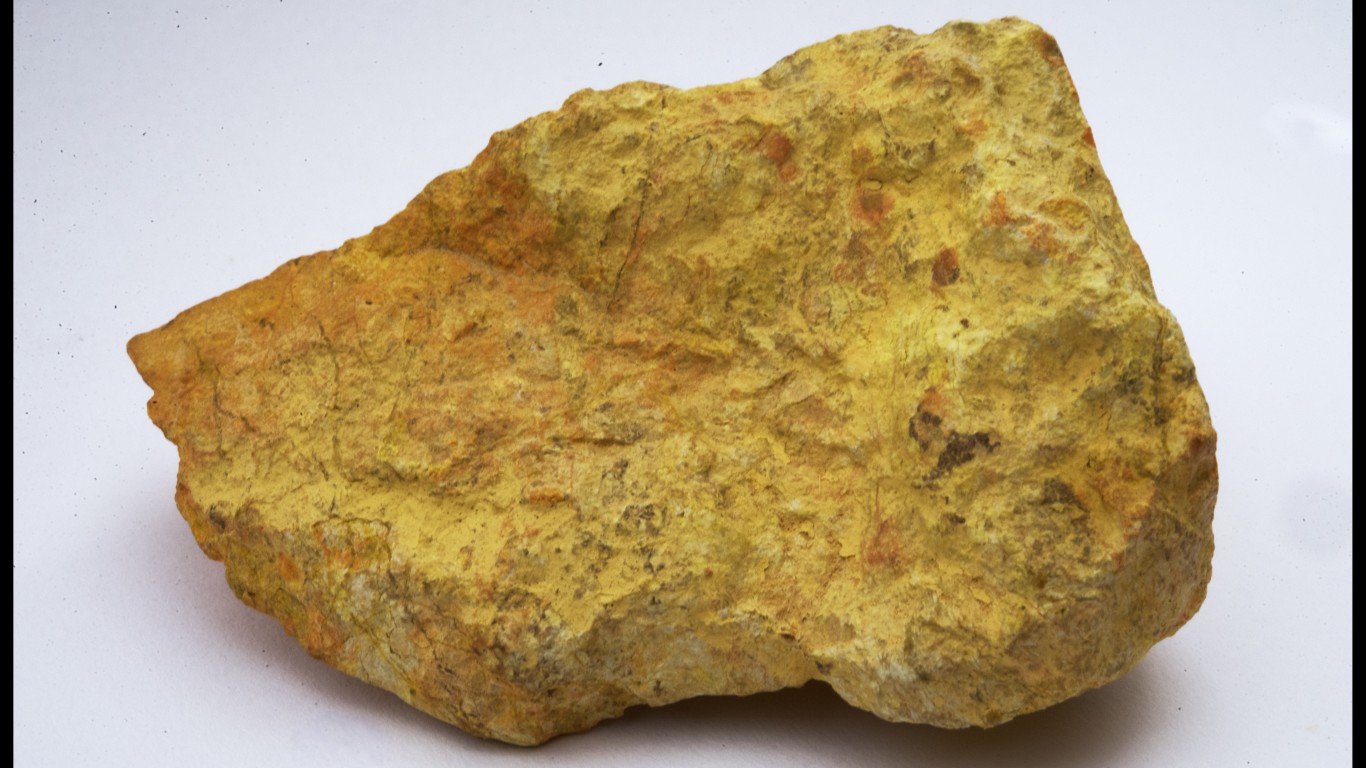
Uranium, a silvery gray radioactive metal in its pure form, is one of the heaviest elements that occurs in nature. In its natural form, it’s radioactive but not concentrated enough to create a nuclear fission chain reaction unless helped along. But refined and concentrated, it can be used for medical applications or as a fuel source for nuclear power plants. And when reprocessed and enriched even further, it becomes powerful enough to build a nuclear bomb.
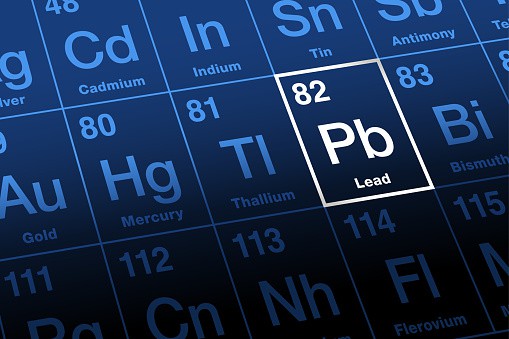
Like all radioactive elements, uranium loses atomic particles over time, causing it to transform into other elements lower on the periodic table until it reaches stability as lead. But the rate of atomic decay is so slow in this element that the half-life of its various isotopes ranges from 700 million – 4.5 billion years. Which means, when you find uranium in the ground, it’s going to stay there a long, long time unless people do something with it.

Most uranium mining takes place overseas, not in the United States. These are the leading uranium producers in the world, with the percentage they contribute to total world uranium output:
The United States produces less than 0.02% of the world’s uranium. 80% of it comes from mines in Wyoming, but Texas, Utah, and Nebraska also have limited production capacity. There are uranium deposits in New Mexico, Colorado, Arizona, and South Dakota that are currently not producing due to environmental concerns and market conditions.
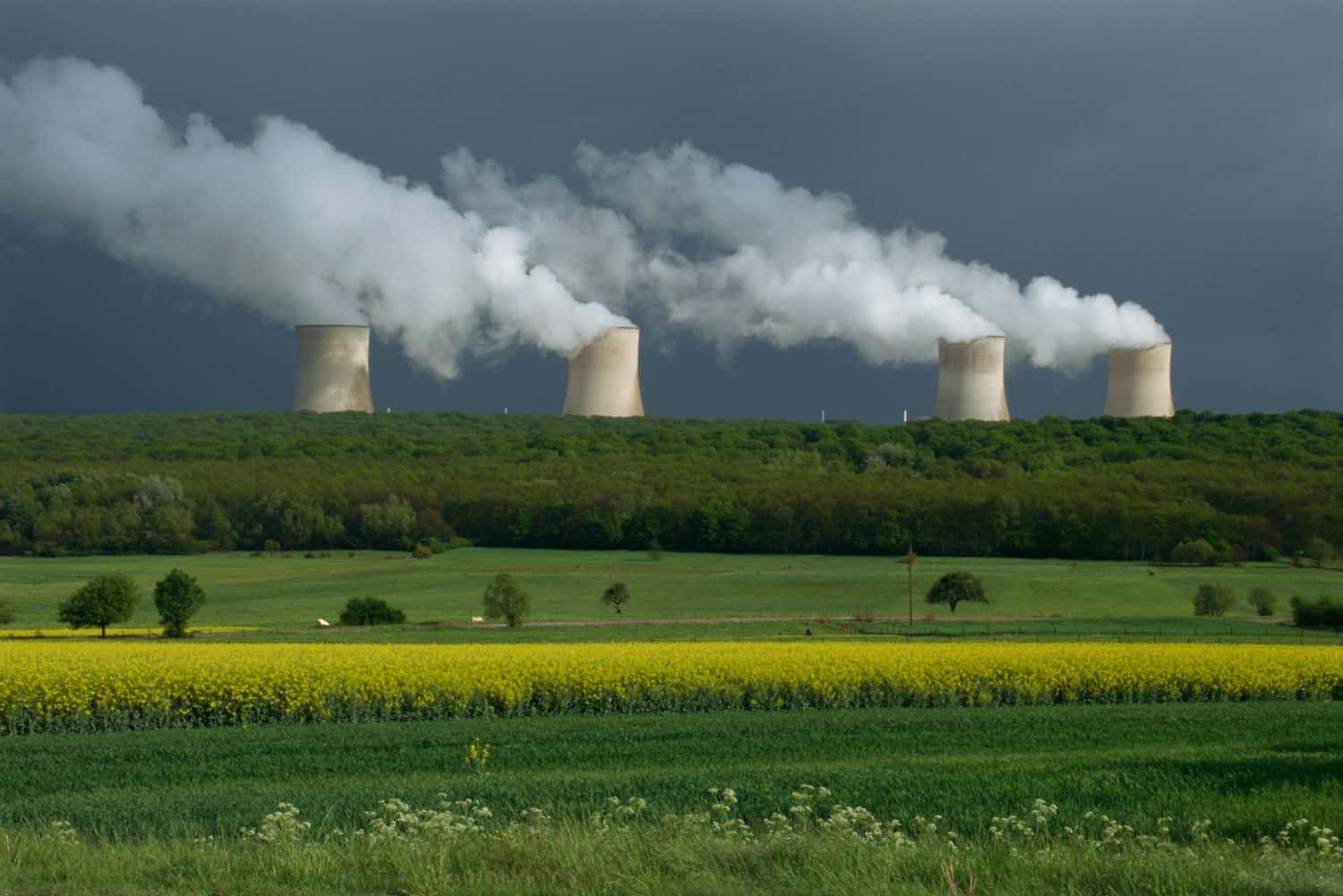
According to the World Nuclear Association, 32 countries currently operate a total of 440 nuclear power plants, generating about 9% of the world’s energy needs. 65 new reactors are under construction around the world. While most new reactor orders are occurring in Asia, European countries are considering increasing their nuclear energy capabilities. There are two main reasons for this interest:
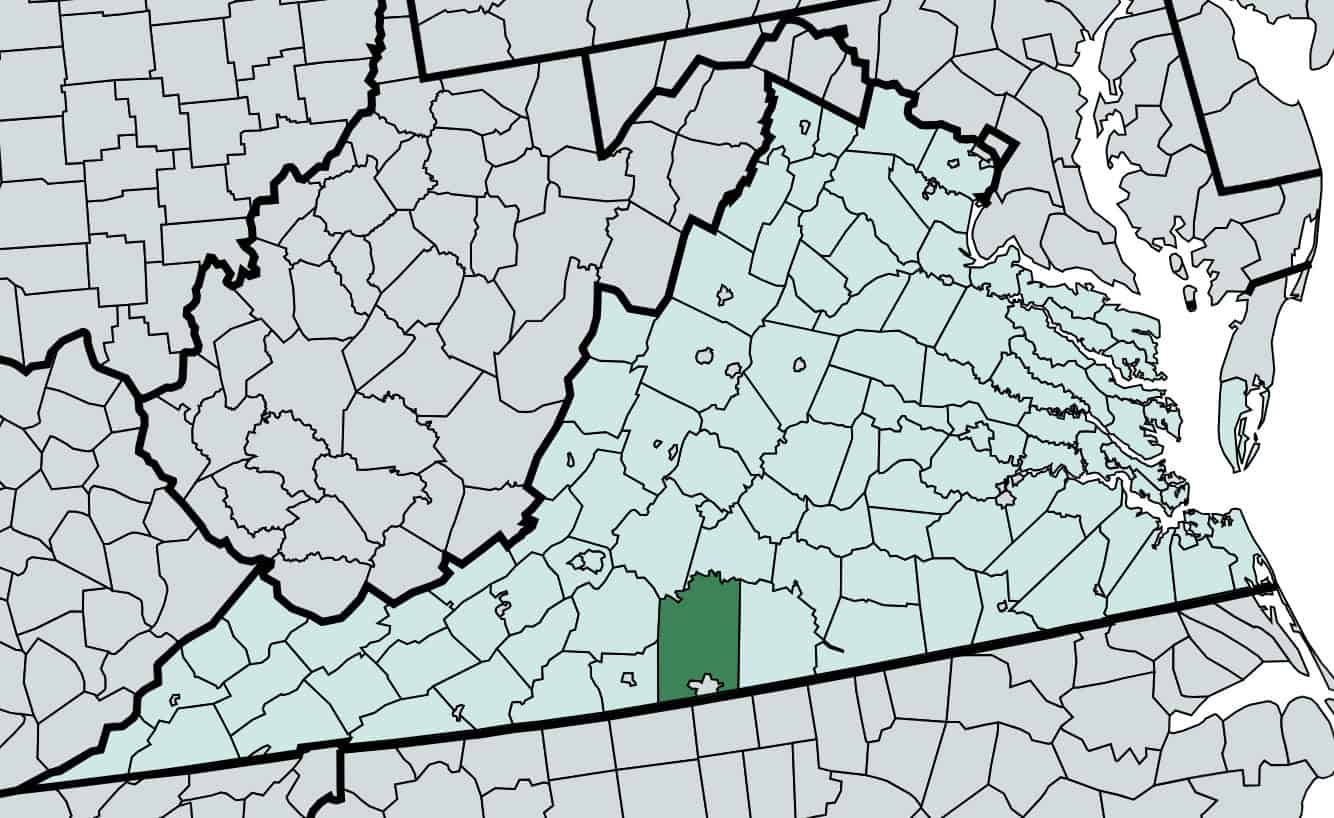
Pittsylvania County is the largest county in the state of Virginia by land area, located about 229 miles from Washington DC. It is located in the Piedmont region, the rolling foothills and farmland between the Blue Ridge and Appalachian Mountain ranges to the west and the sandy coastal plain of the Tidewater region to the east. It is predominantly rural, with the exception of the city of Danville on the southern border with North Carolina. Smith Mountain Lake on the west is the largest lake in the state, has a great deal of expensive development around it, and generates significant revenue for the region. Many people continue to work in farming, though, with tobacco remaining the major cash crop.
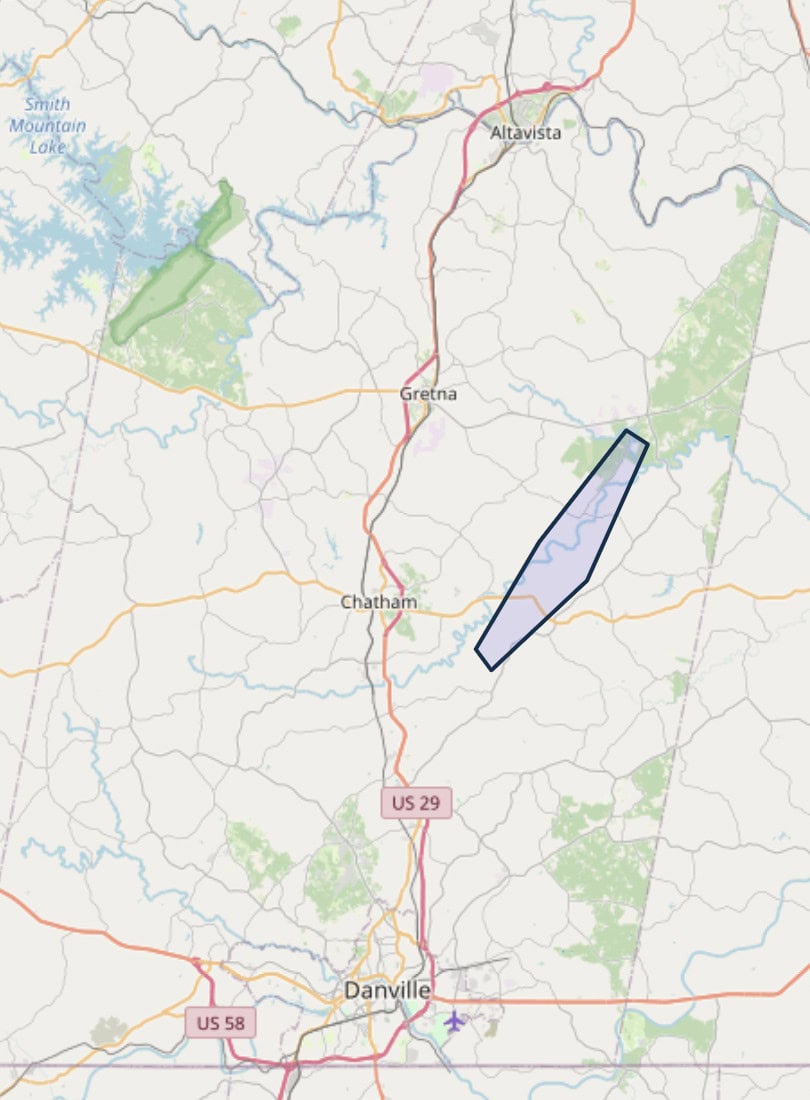
In the 1970s, geologists realized the rock formations in the county were similar to the Ambrosia Lake uranium deposit in Canada. In 1978, the Marline Uranium Corporation completed geologic surveys and discovered the largest untapped uranium deposit in the United States just east of the towns of Gretna and Chatham. It’s estimated to hold anywhere from 110-163 million pounds of uranium potentially valued at $12 billion at current market prices.
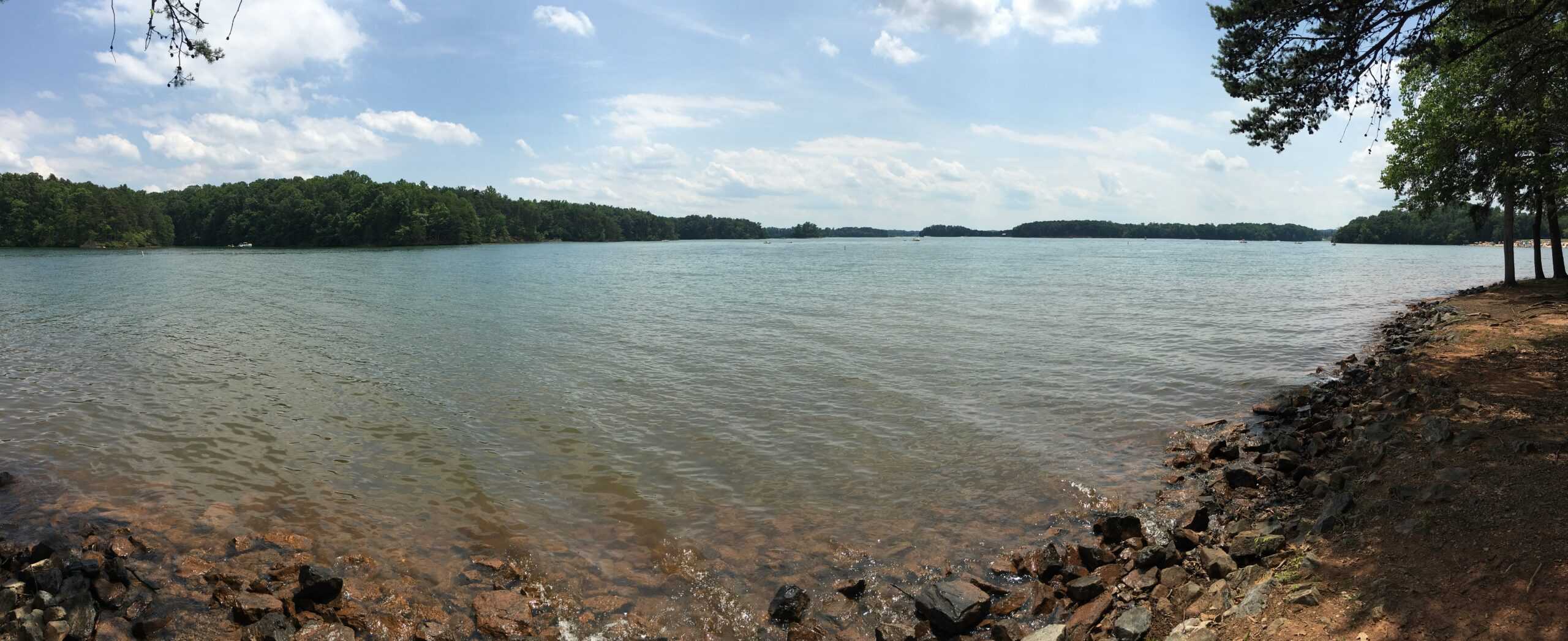
There are 3 reasons this fortune continues to sit in the ground, to the frustration of the Walter Coles family (the primary landowners), and the companies wanting to develop a mine there.
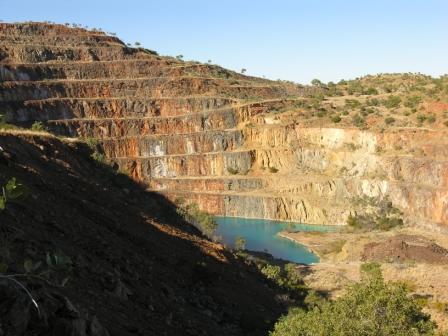
Any kind of mining operation raises environmental concerns. Heavy equipment traffic damages roads and backs up traffic. Dust particles pollute the air and can cause respiratory problems for workers and people downwind. Mining tailings and wastewater reservoirs can leech into the water supply. Projects like this destroy farmland and wildlife habitat, creating an eyesore and land that may not be useable for generations.
In the case of uranium mining, all these concerns are multiplied a thousandfold, as the normal risks would all be there, but would also be radioactive. Modern standards require tailings disposal sites that could be safe for 200 years, but another solution would have to be found eventually, as the debris could be dangerously radioactive for thousands of years.
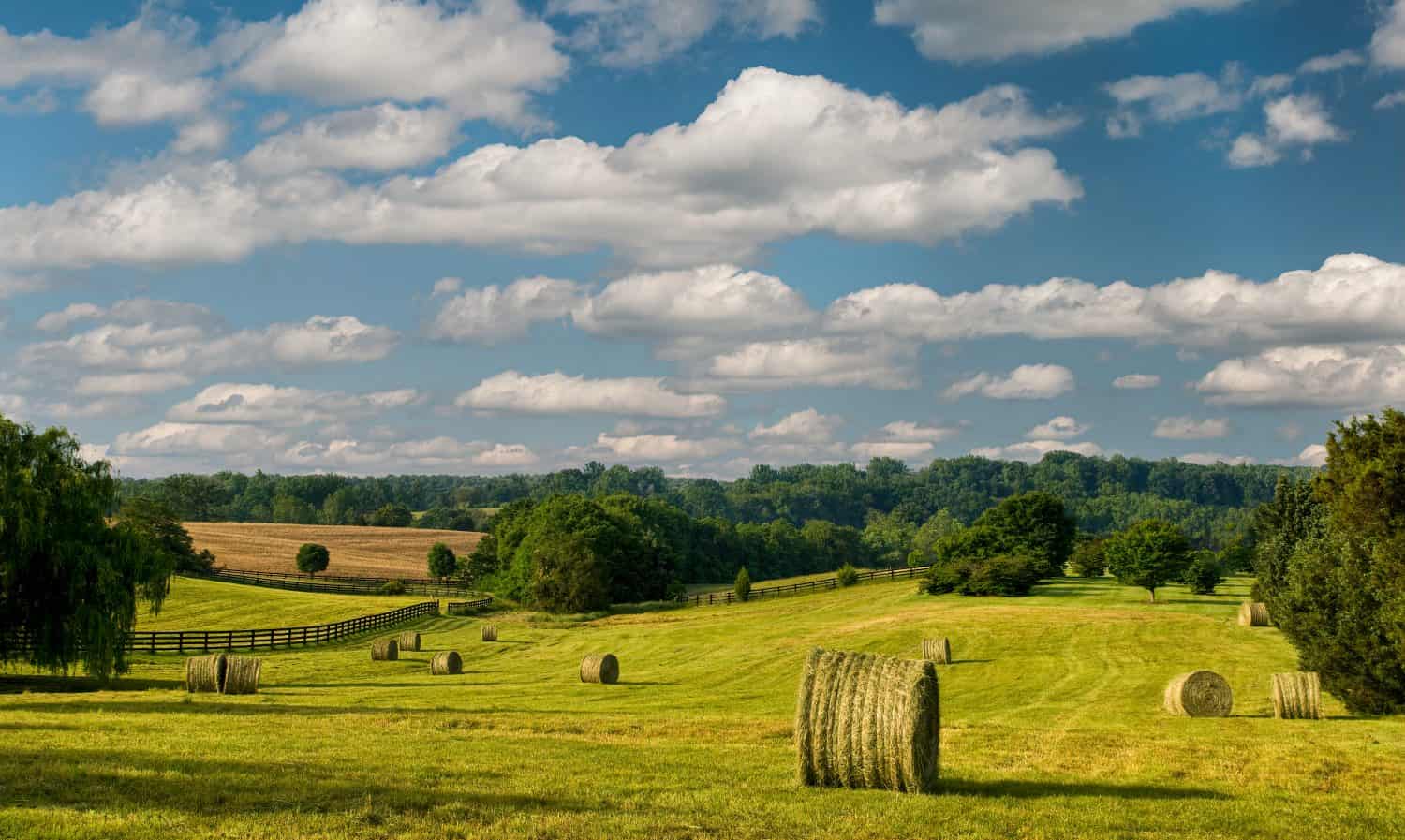
Beyond the health and environmental concerns, local residents are worried about damage to the regional culture that can come with industrial development of this type. Coles Hill itself is the site of the county’s oldest and best preserved plantation house, which are rare in this part of the state. Development would bring in a great many people from outside the area not only to build and operate the mine, but to provide support services to those who do. While the economic opportunities are welcome, they also bring changes to the local lifestyle. For example, an unusual feature of the county is that many rural people there speak with the Tidewater accent of the coast although they are not geographically part of that region. Regional dialects like this are fast dying out due to development and exposure to mass media.
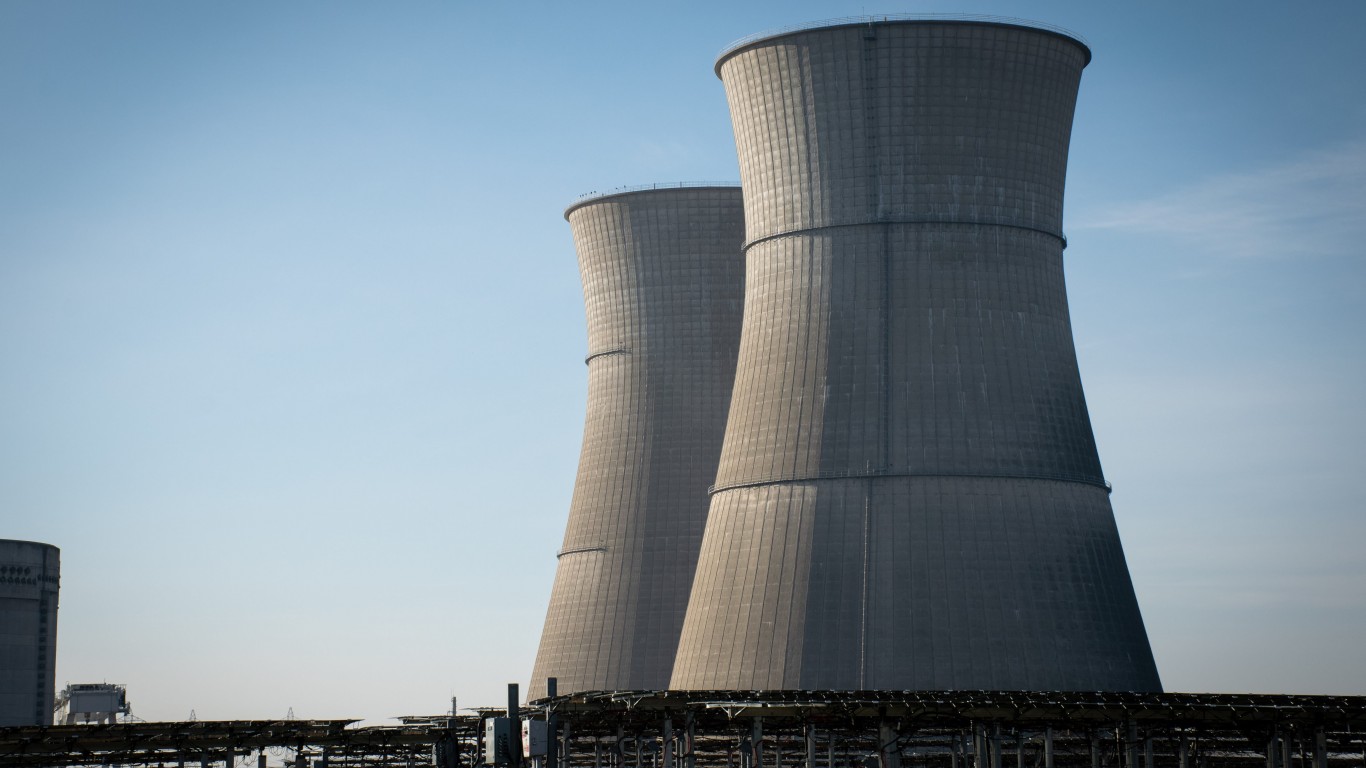
There is little doubt that if the country experienced a shortage of uranium due to increasing energy needs, that the state and county might be more tempted to permit uranium mining. And if it were a matter of national security, the federal government could find ways to step in and make sure it happened. Locals most concerned about the health problems would probably move away if they could, and land values for property without uranium in the area might drop as no one would want to live near a site that might generate toxic radioactive health risks.

The whole issue is a microcosm of the dilemma facing people in other parts of the country and the world who are often seen as holding up progress when they resist development projects or resource extraction. The “NIMBY” principle (“Not in my backyard”) takes on a whole new significance when the project actually is in your backyard. When this much money and potential wider national interests are at stake though, it’s likely that the decision ultimately will be out of the hands of the local government and be decided by state and national policies.
Start by taking a quick retirement quiz from SmartAsset that will match you with up to 3 financial advisors that serve your area and beyond in 5 minutes, or less.
Each advisor has been vetted by SmartAsset and is held to a fiduciary standard to act in your best interests.
Here’s how it works:
1. Answer SmartAsset advisor match quiz
2. Review your pre-screened matches at your leisure. Check out the advisors’ profiles.
3. Speak with advisors at no cost to you. Have an introductory call on the phone or introduction in person and choose whom to work with in the future
Thank you for reading! Have some feedback for us?
Contact the 24/7 Wall St. editorial team.